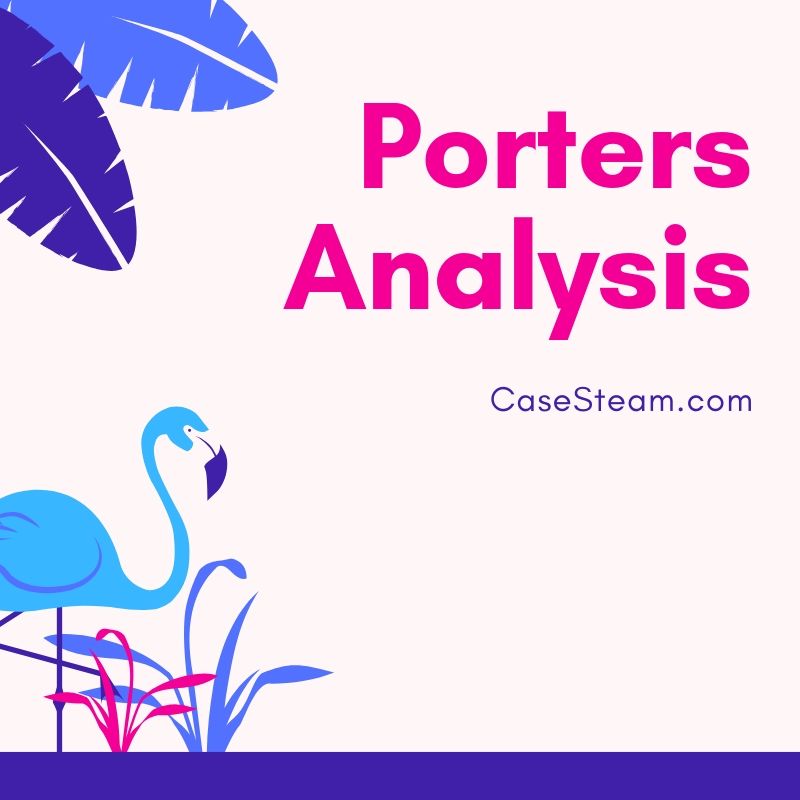Bargaining Power of Supplier:
The supplier in the Taiwanese Regionfly Cutting Costs In The Airline Industry industry has a reduced negotiating power although that the industry has dominance of 3 players consisting of Powerchip, Nanya and ProMOS. Regionfly Cutting Costs In The Airline Industry suppliers are simple initial tools makers in critical partnerships with foreign players in exchange for technology. The second factor for a low negotiating power is the truth that there is excess supply of Regionfly Cutting Costs In The Airline Industry units due to the large range manufacturing of these leading market gamers which has actually lowered the price per unit and also enhanced the bargaining power of the customer.
Threat of Substitutes & Degree of Rivalry:
The danger of substitutes in the market is high given the truth that Taiwanese manufacturers take on market share with global gamers like Intel, Motorola, IBM, Hitachi, NEC, Toshiba, Samsung and Fujitsu. This suggests that the marketplace has a high level of rivalry where manufacturers that have design as well as development capacities together with producing experience may be able to have a greater bargaining power over the market.
Bargaining Power of Buyer:
The market is controlled by players like Micron, Elpida, Samsung and Hynix which further decrease the purchasing power of Taiwanese OEMs. The fact that these calculated players do not enable the Taiwanese OEMs to have access to modern technology suggests that they have a greater bargaining power relatively.
Threat of Entry:
Risks of entrance in the Regionfly Cutting Costs In The Airline Industry manufacturing market are reduced owing to the reality that structure wafer fabs and purchasing equipment is very expensive.For just 30,000 systems a month the resources requirements can range from $ 500 million to $2.5 billion depending on the dimension of the units. The manufacturing required to be in the most recent modern technology and also there for brand-new players would not be able to compete with leading Regionfly Cutting Costs In The Airline Industry OEMs (initial tools producers) in Taiwan which were able to take pleasure in economic situations of range. Along with this the existing market had a demand-supply inequality therefore surplus was already making it challenging to enable brand-new gamers to take pleasure in high margins.
Firm Strategy:
Considering that Regionfly Cutting Costs In The Airline Industry manufacturing uses typical procedures and also basic and also specialized Regionfly Cutting Costs In The Airline Industry are the only two groups of Regionfly Cutting Costs In The Airline Industry being manufactured, the procedures can conveniently make usage of mass production. While this has actually led to availability of technology as well as range, there has actually been disequilibrium in the Regionfly Cutting Costs In The Airline Industry industry.
Threats & Opportunities in the External Setting
Based on the interior and also external audits, chances such as strategicalliances with technology companions or growth through merger/ acquisition can be checked out by TMC. An action in the direction of mobile memory is additionally a possibility for TMC particularly as this is a specific niche market. Hazards can be seen in the type of over dependancy on foreign gamers for technology and competition from the US and Japanese Regionfly Cutting Costs In The Airline Industry producers.
Porter’s Five Forces Analysis


